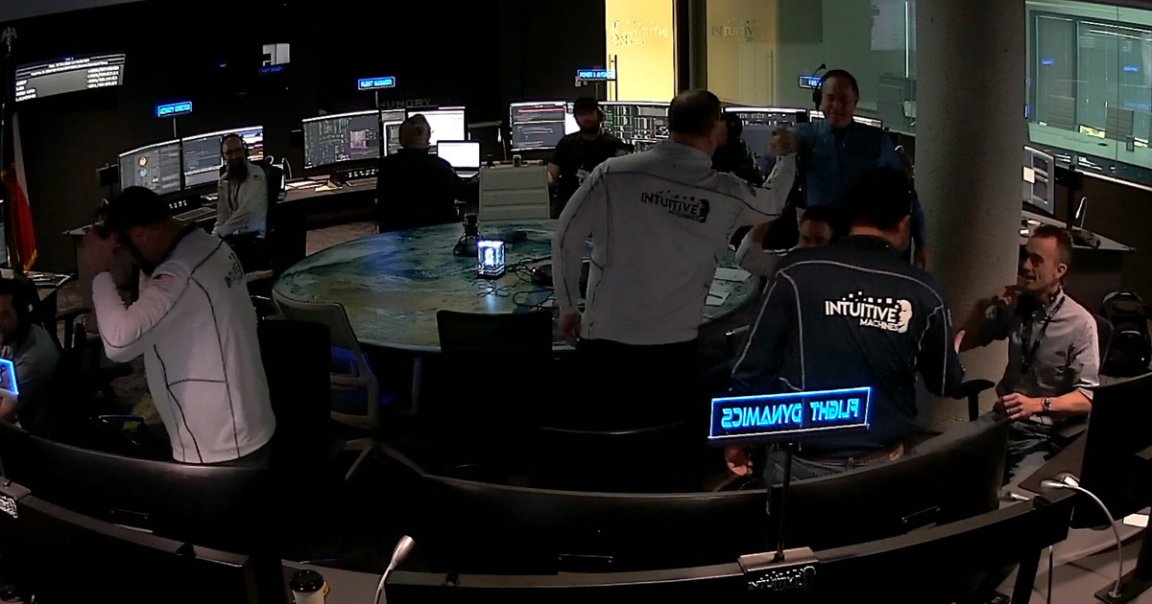
Historic Attempt
A private, Space-X launched Moon lander has entered lunar orbit, setting it up for a high stakes — and, if successful, historic — landing.
Intuitive Machines, the company that built the lander, said in an update on its website that the Odysseus probe “continues to be in excellent health” after passing the one million-kilometer (or roughly 621,000 mile) mark on its journey to the Moon.
“Odysseus is now closer to the Moon than the end-to-end distance driving across Space City, Houston, TX,” the update reads. As the Washington Post notes, that would put the lander about 57 miles above the Moon as it prepares for its attempted landing on the lunar surface in just over 24 hours.
If it succeeds, Odysseus will be the first private or commercial lander to ever successfully touch down on the Moon, and will be the first American craft to do so since the Apollo 17 mission in 1972. Had Intuitive Machines been able to launch the probe sooner, it may have beaten out India and Japan, which both had crafts make landfall on the Moon last year — though, to be fair, Japan’s crash-landed almost upside-down.
Last month, the Pittsburgh-based commercial space startup Astrobotic tried — and, unfortunately, failed — to get its Peregrine lander onto the lunar surface.
Compared to Peregrine, which was plagued with issues almost immediately after launch, Odysseus has so far experienced nothing but smooth sailing. Over the weekend, it even beamed back selfies with the Earth glittering in the background, another sign that it was communicating with ground control as intended.
Prepare For Landing
As WaPo explains, this leg of Odysseus’ journey is tricky, not least of which because it will fall out of contact with Earth when it reaches the dark side of the Moon. As it begins its descent, the probe’s engines will fire to get it down from roughly 60 miles above the lunar surface to six, and once it reaches that marker, its on-board cameras and lasers will help it find the best spot to land.
Once Odysseus is about 100 feet above the Moon’s surface, the most difficult part begins: flipping into the upright position, with its legs pointed down, as its engines begin thrusting lesser and lesser, making the craft that much lighter as it falls down.
The hardest part of the probe’s journey is still ahead of it, but its chances seem very good — and we’re thrilled to watch all the same.
More on the Moon: NASA Curious Whether Astronauts Will See Strange Flashes of Light on the Moon